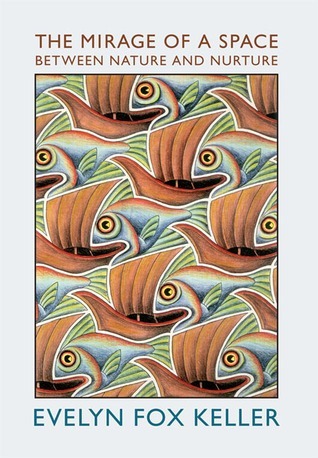What do you think?
Rate this book


120 pages, Paperback
First published January 1, 2010
this is precisely the point of Hans Kummer’s analogy to drums and drumming. It is useless to ask whether the drumming that we hear in the distance is made by the percussionist or his instrument because each of the two variables on which the sound—the percussionist’s performance (x) and the resonance of the instrument (y)—is influenced by the other in ways that simply do not permit separation. Yet if we hear two different sounds of drumming in the distance, we can ask and perhaps determine whether the difference between the two sounds is caused by a difference in drummers or by a difference in drums, or even how much of the net difference in sound is caused by the former and how much by the latter— provided, of course, the drummer’s performance does not depend on the drum being used. (35)
if there were no interaction between changes in genetic and environmental (nongenetic) factors, it would be logically possible to parse the causal contributions of alterations in each of these factors to a change in phenotype. Were such conditions to be satisfied, we would be able to say, for instance, that 40 percent of the difference between the two sounds we heard was due to the change in drums, and 60 percent was due to the change in drummers. Or that 45 percent of the difference in height between Suzy and Billy was due to the difference between their genotypes, and 55 percent was due to nongenetic differences (e.g., nutrition) between the two. This can be important information, yet it still does not allow us to say anything about the proportion of genetic to nongenetic influence in the formation of the trait. (36)
For group differences, the question we need to ask is, how much of the variation we hear in the sound of drums is due to variation in drummers, and how much is due to variation in drums? And to answer this question, we must turn to the statistical analysis of populations. Which is precisely how Fisher reformulated Galton’s question (54-5)
This is the sense in which the classical gene is often said to be a ‘‘difference maker’’ (see, e.g., Sterelny and Griffths 1999; Moss 2003). But a gene was taken not only to be a difference maker; it was also assumed to be a trait maker. It was both the entity responsible for the difference observed, and (at least implicitly) the entity responsible for the trait which has undergone a change—i.e., the trait in which a difference has been observed. We might say, then, that a certain confounding of traits and trait differences was built into the science of genetics from the very beginning. (43)
Yet the old opposition of nature versus nurture stubbornly persists, and not only in the popular press. Why? Keller’s answer is: slippages of language. Our habitual ways of speaking about heredity, development, and traits routinely conflate individuals and populations, traits and trait differences, mutations with mutants. She recognizes that politics also plays a muddling role but contends that language is the chief villain. Can linguistic hygiene alone exorcise metaphysical demons? If so, then this is the book to do it.